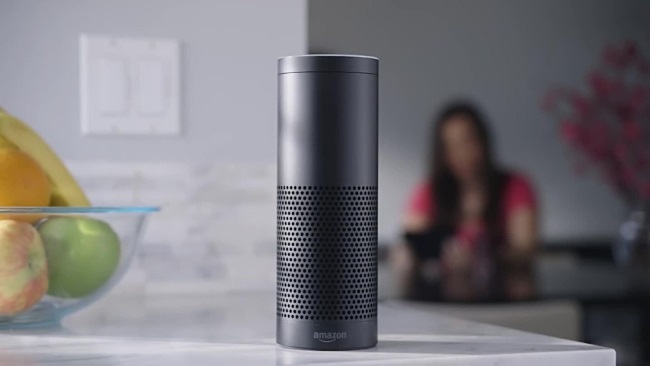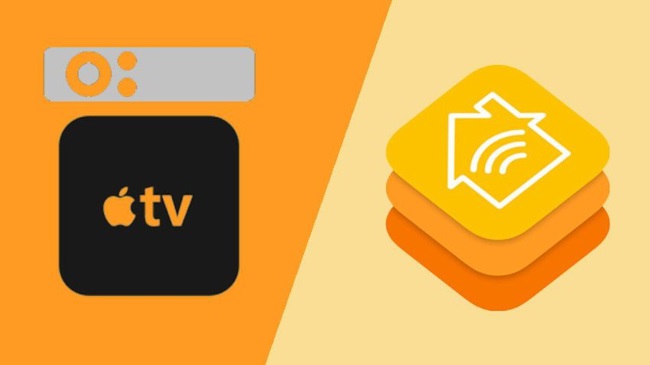Today, homes are being transformed from the inside out. Modern technology has created amazing high-tech products that make daily life easier and more manageable. And when that resonates at home, you are looking at something truly revolutionary. One example of this are home hubs, which command a range of home automation features via voice services and smart devices.
To best change how your home operates, compare and contrast these three leading home hubs:

1. Amazon Echo
Amazon Echo uses Alexa, a voice service by Amazon that can both answer questions and execute remote commands (using compatible smart devices). Think of Alexa as the brain of the Echo. The Echo can both act as a hub—since it’s compatible with a range of devices, but it can also interact with other hubs.
With the Echo, voice commands can do the following: place calls, play music (Pandora, Spotify, iHeartRadio, Amazon Music, etc.), give weather forecasts, reports the news and local traffic, play Audible books, call an Uber driver, place an food delivery order and more. With far-field voice recognition, the Echo can hear voice commands from across the room. And its omni-directional audio speaker provides great sound.
In terms of its home automation capabilities, the Amazon Echo works with many smart devices and hubs, such as Nest thermostat, Philips Hue smart light bulbs, Wemo smart plugs, Wink (hub 2), Samsung SmartThings hub, and other products. With these, a number of remote features can be done, such as control the thermostat, lights, door locks, sprinklers, fans and more.

2. Google Home
Google Home gives the Amazon Echo a run for its money—it’s it leading competitor. Like the Echo, Google Home has a great speaker that can hear commands from across the room, it can answer voice commands and questions, stream music, perform a number of remote features via compatible smart devices, etc. But it does all of this with Google Assistant, rather than Alexa.
Another separation between the two home hubs is that Google Home works effortlessly with Google Chromecast to stream movies, TV shows, YouTube video, etc. Since Chromecast is by Google, Google Home can cast using voice commands. For home automation, Google home likewise is compatible with Nest, SmartThings, WeMo, Philips Hue and other smart devices/hubs. It’s all down to one thing: whether you want to have Amazon Echo or Google Home—they are that similar. For anyone who enjoys Google-based products, this one is likely the better option.

3. Apple TV (via HomeKit)
When you hear about Apple TV, you normally don’t think of it as being a home hub, rather it being a streaming device (like a Roku). And while it does stream, it does so much more. With the Home app that uses HomeKit (a central network of compatible devices), many capabilities can be performed— both with voice commands and home automation features. Over 50 brands are compatible with the HomeKit framework. Everything is accessible with the Apple TV via the Home app on any iPhone or iPad.
Unlike the Amazon Echo or Google Home, the Apple app uses Siri to do a range of different actions. Examples of this are home “scenes”. What’s a scene? Well…normally, when a person is leaving the house, they would manually need to adjust the thermostat, turn off lights and appliances. But with a scene, specifically designated as “leaving home” everything would be automatically performed. Each scene provides custom home automation features using voice commands.
These three home hubs each have their own selling points. It’s all about accessing which one is right for your individual home and whether they are compatible with the individual home devices you want to have. But any way you look at it, home hubs transform a regular home into a truly smart home.
You might also want to check out ADT Pulse, which also provides home automation, but has the added bonus of home security protection. ADT costs as little as $1 per day.
Which Home Hub is Right for Your Smart Home?,



brainaudio
Jun 14. 2017
Google Home is what we like using best. It is convenient and easy to setup with.